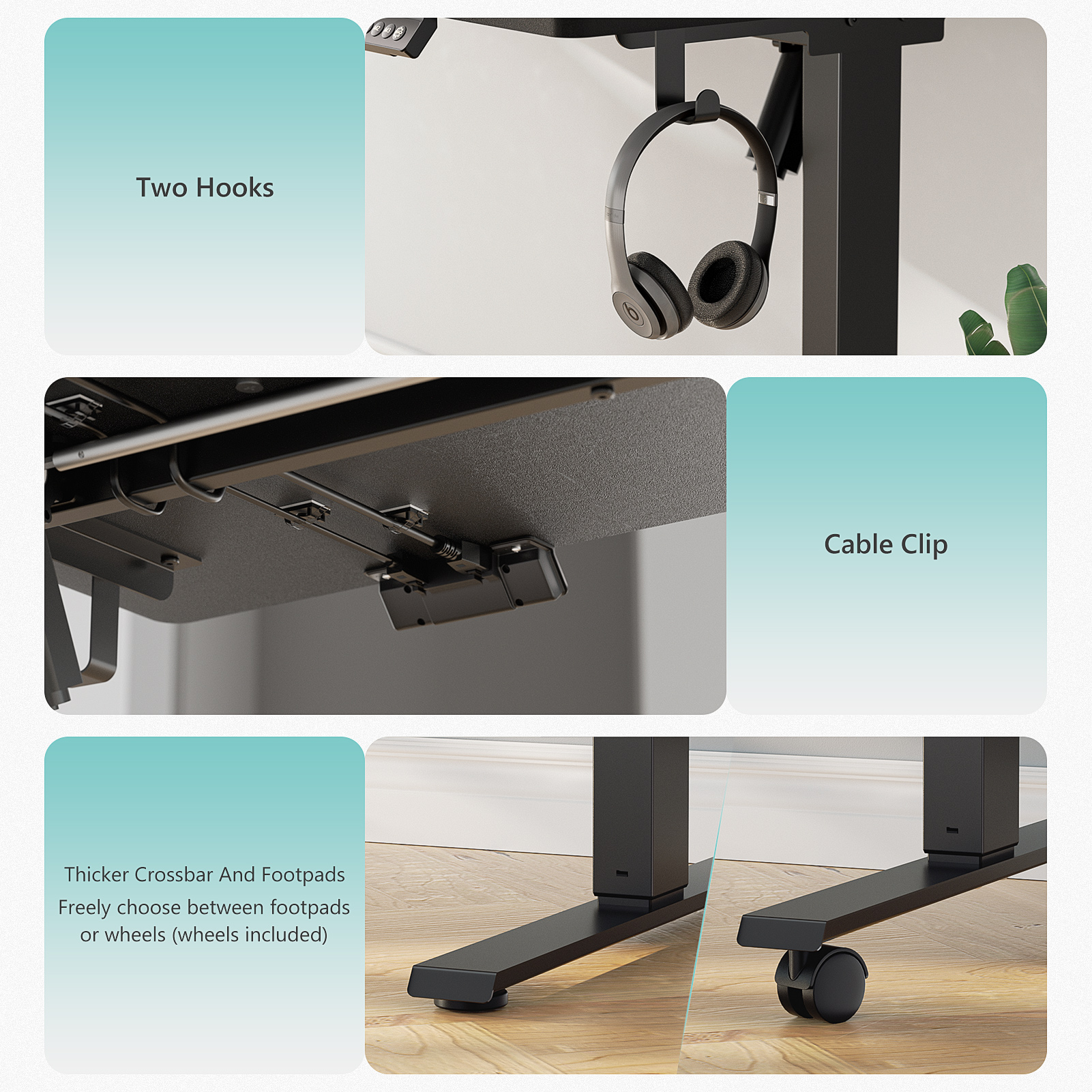Choosing between a standing desk and a traditional desk comes down to more than just initial price. It’s about long-term investment in your health, productivity, and comfort. While standing desks typically have a higher upfront cost, they offer several benefits that may make the extra cost worth it. This article compares both desk types in terms of cost and value to help you make a well-informed decision.
Initial Costs: Standing Desk vs. Traditional Desk
The initial price is one of the first factors that will influence your decision. Standing desks are usually more expensive than traditional desks. A basic standing desk may cost anywhere from $200 to $500, but higher-end models can go up to $1,500 or more, especially those with electric height adjustments and advanced features.
In comparison, traditional desks are generally more affordable. You can find a simple, sturdy desk for around $100 to $300. The price increases based on size, material, and design, but even high-quality traditional desks rarely exceed $600.

Long-Term Value: Are Standing Desks Worth It?
While a standing desk may cost more initially, its benefits can justify the higher price.
1. Health Benefits
Prolonged sitting can lead to numerous health issues such as back pain, poor posture, and even cardiovascular problems. Standing desks allow you to alternate between sitting and standing, reducing the risks of these issues. Many users report feeling more energized and less fatigued after switching to a standing desk. Over time, this can lower medical costs and improve your overall well-being.
2. Productivity Boost
Standing for part of your workday can increase focus and energy. Studies show that people who use standing desks tend to be more productive, as they experience less fatigue and more motivation. The option to change positions helps fight the tiredness that comes with sitting for long hours. If you’re looking to boost your output, a standing desk could be a valuable investment.
3. Durability and Longevity
Standing desks are often built to last, especially electric models that are designed for frequent adjustments. Many come with warranties of five years or more, ensuring you get long-term value. They are made with durable materials and can withstand wear from daily use. In contrast, traditional desks, while sturdy, don’t offer the same versatility and may show signs of wear sooner.
Additional Costs to Consider
When deciding between a standing desk and a traditional desk, consider other expenses that may arise.
1. Accessories for Standing Desks
To make the most of your standing desk, you may need additional accessories. Anti-fatigue mats, monitor arms, and keyboard trays can improve ergonomics and comfort. These accessories can range from $50 to $300, depending on the quality and features you choose.
2. Maintenance Costs
A standing desk, especially an electric model, may require occasional maintenance or repairs. However, many standing desks come with warranties, which cover these costs for several years. Manual standing desks tend to be low-maintenance, but over time, the adjustment mechanisms may wear out.
Traditional desks generally require less maintenance, as they have fewer moving parts. However, they can get scratched or damaged more easily, especially if made from cheaper materials.

Flexibility and Setup: Choosing the Right Desk
The choice of desk can also depend on your available space and how flexible you need your workspace to be. Standing desks usually take up more room due to their adjustable height features. However, if you have the space for it, they offer more flexibility. You can easily switch between sitting and standing, which is a key factor in making your workspace ergonomic.
Traditional desks are more compact, making them ideal for smaller spaces. However, they don’t offer the same ergonomic benefits and flexibility as standing desks.
Conclusion: Which Desk is Right for You?
The decision between a standing desk and a traditional desk depends on your personal preferences, health needs, and budget. If you’re looking for an affordable, simple option, a traditional desk might suit you. However, if you’re willing to invest in your health and productivity, a standing desk is well worth the extra cost.
The long-term benefits of a standing desk—improved posture, increased productivity, and better overall health—make it a solid investment. Whether you choose a standing desk or a traditional desk, the most important thing is creating a workspace that supports your needs and enhances your comfort.
